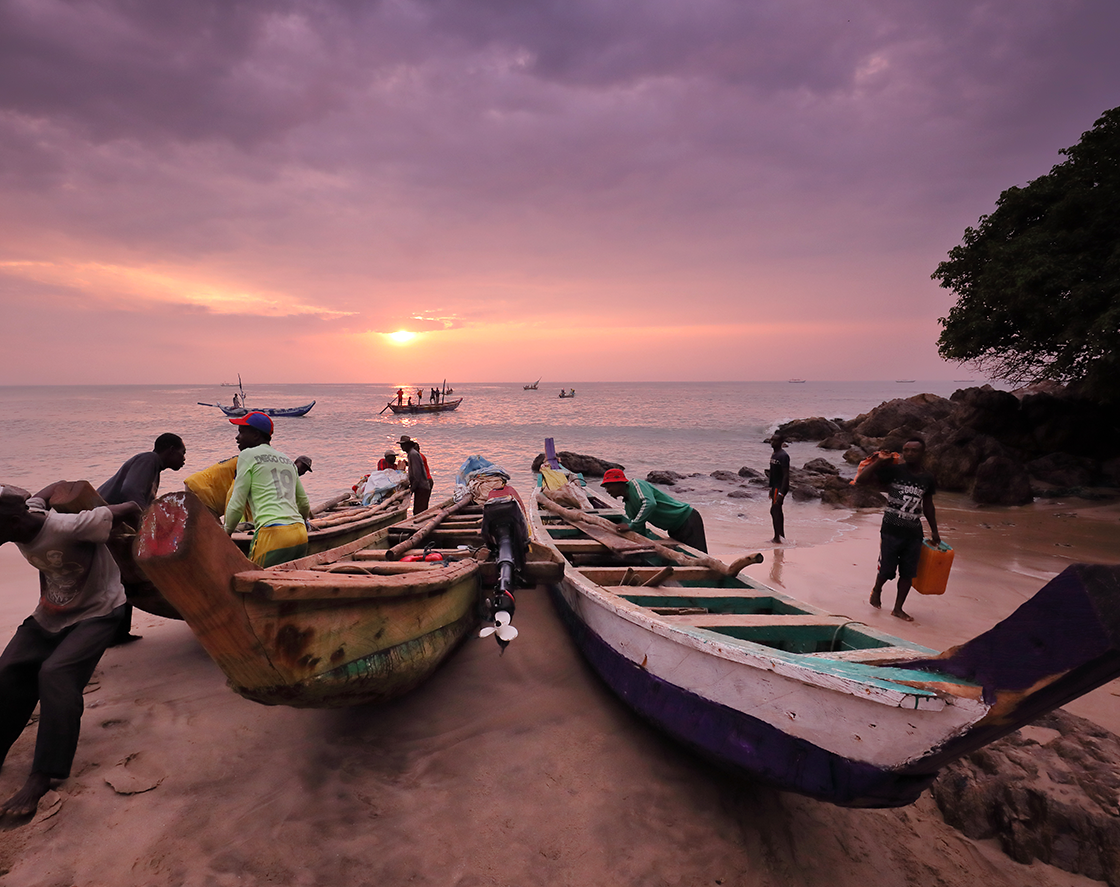
13 Aug Modernising agriculture
Agriculture is a strategic mainstay of the Ghanaian economy that contributed 18.5% to gross domestic product in 2019, 4.6% up on 2018. It is also crucial for livelihoods, as the sector includes many small businesses and employs over 40% of the country’s workforce. Today, agricultural products account for over 20% of its non-traditional export earnings: Ghana is the world’s second-biggest producer of cocoa, while other important export crops include bananas, mangos, pineapples, tomatoes, peppers and ginger – many of which offer potential for greater exploitation.
In fact, the government believes that all aspects of the country’s agriculture are capable of contributing more to the economy and it is focused on modernising the sector to raise productivity, increase food security, expand exports, better compete with imports, grow value chains, create more jobs and boost incomes. In 2018, it launched a 4-year umbrella strategy to achieve these things: Investing for Food and Jobs, which includes investments of £1.3bn. This strategy includes a number of modernising programmes, such as Planting for Food and Jobs, which is already beginning to have an impact in raising yields of staple crops like maize, rice, and soya by, for example, increasing the use of fertilisers, mechanised equipment and high-quality seeds.
Other programmes starting to bear fruit cover rearing livestock, aquaculture, planting for export and rural development, providing more facilities and training for greenhouse cultivation, and a dam-building project that is enabling year-round crop irrigation. The sector is also advancing by starting to incorporate emerging digital technologies, which are already being utilised to improve access to credit for farmers, and to provide them with market and farming intelligence.
